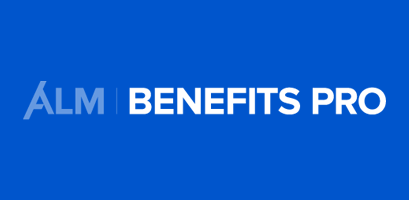The ability for health care providers to capture clinical findings, make diagnoses, and quickly align with the most effective evidence-based directives – through mountains of data – delivers an optimal care plan and manages costs.
Originally published on Benefits Pro
Health care technology offers payers, providers, and care teams increasingly advanced administrative and operational solutions. By supporting patient-centered care through clinically informed technology, health care organizations can offer care support and best practices that are efficient, effective, and integrated toward a common goal.
How clinical technology helps payers
Technology informed by clinicians and supported with clinical data enables access to evidence-based treatment protocols. It drives better patient outcomes while minimizing wasteful spending and non-essential treatments or procedures. A non-essential treatment delivered to a patient can lead to poor quality of care, not to mention unnecessary side effects and outcomes, including toxicities. The ability to capture clinical findings, make diagnoses, and quickly align with the most effective evidence-based directives – through mountains of available data – dramatically increases efficiencies for the provider. It also gets patients to what is most important – better health and appropriate treatment.
Here’s how technology can enable more efficiencies in the health care continuum:
Eliminating costly and confusing benefit options
Tech solutions offering payer and provider collaboration enable the different entities to share and increase operational efficiencies by automating manual processes and eliminating redundancy to save operating time and costs. Collaborative technology allows vital administrative, clinical, and population health management information to be shared quickly for bi-directional information exchange between payer and provider networks. For example, payers can better manage costs through streamlined authorization workflows that facilitate expedited care founded on evidence-based practices.
Consolidating disparate data and health management
Through collaborative systems that combine technology and health care clinical expertise, providers and payers are better able to bring together disparate data points while enabling better workflow between providers, payers, caregivers, and patients.
A key benefit offered by clinically informed technology is a simplified prior authorization process and care plan. As medical policy guidelines and standards increase in complexity, this process can be burdensome for payers, providers, and patients. When these solutions are designed by professionals with first-hand experience submitting and facilitating prior authorizations, their expertise is invaluable in streamlining applications to exchange clinical, financial, and administrative documents in real-time, building trust between payers and providers.
More accessible collaboration
When membership verification and insurance coverage information is delivered in real-time, it’s easier for provider offices to ensure they have access to detailed copayment, deductible, and benefits information.
Systems that combine technology with clinical health care expertise also provide tools for providers and payers to help manage reimbursement. Health plans can equip providers with access to the most up-to-date authorization and historical clinical information with the integration of electronic medical records (EMRs). These capabilities allow primary care physicians and specialists to guide patients and caregivers to the best quality providers and the optimal care plan at the most affordable cost.
Reducing fragmentation in care
This collaboration between technology and clinical expertise emphasizes improved patient outcomes and levels of satisfaction while simultaneously lowering total health care costs by reducing fragmentation within the system. The more integrated clinical knowledge is with technology designed to respond to real-world health care dynamics, the more quickly providers can move through different facets and stages of care.
Ultimately, payers and providers benefit from increased operational efficiency, streamlined communication, cost savings, and decreased administrative complexities. The fewer the challenges, redundancies, and misdirection for the patient, the better the experience toward a healthy outcome.
Related: Health plan leaders try to keep up with changing industry, study finds
Payers can embrace comprehensive solutions to ensure their members receive the best health care options in a changing health care system. Solutions that eliminate manual, error-prone processes and bring cohesion to clinicians and payer dynamics is the next evolution of health care.
Clarice Holmes, RN is Sr. Director, Clinical Knowledge Management, NantHealth.




